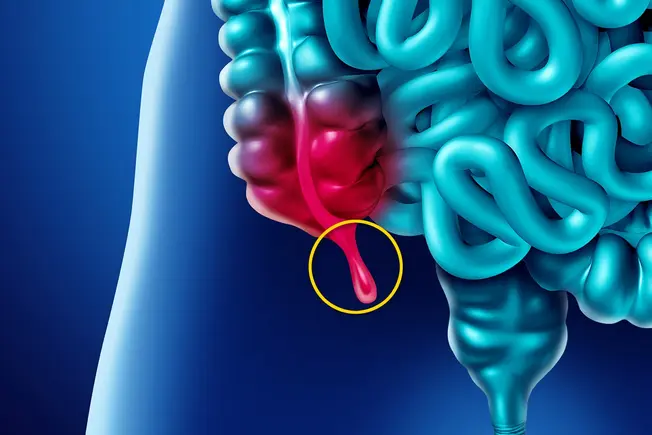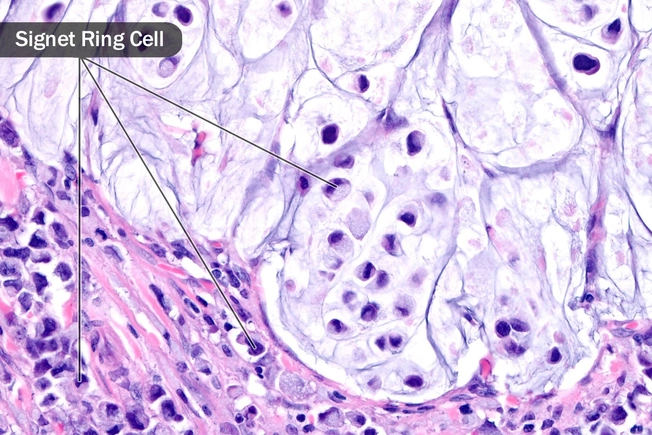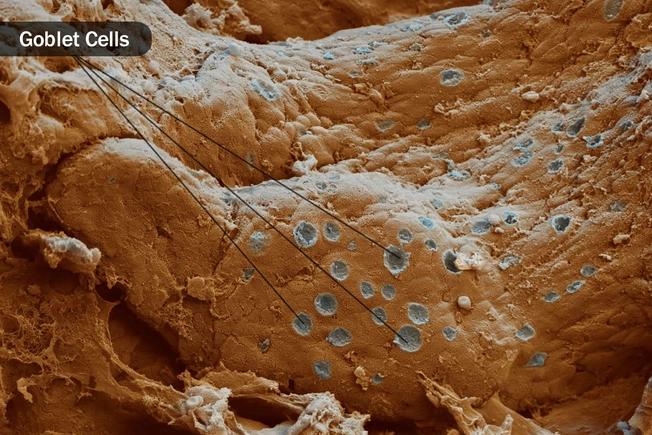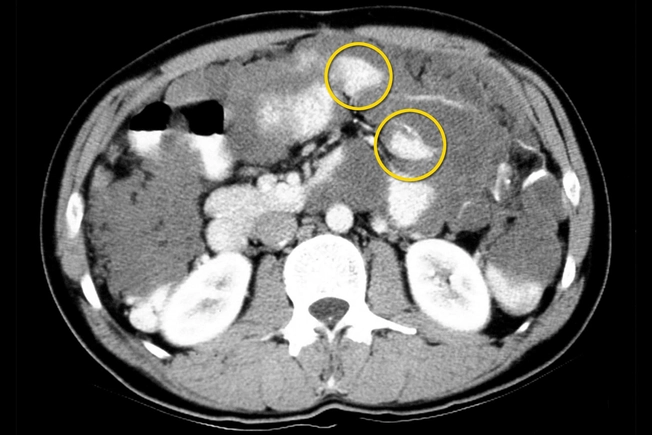- Overview
- Causes, Risks & Prevention
- Symptoms & Types
- Tests & Diagnosis
- Your Cancer Care Team
- Treatment & Side Effects
- Treatment Support
- Living With
- Remission & Recurrence
- Support & Resources
- Appointment Prep
- View Full Guide
Guide to Appendix Cancer


Your Appendix
This little organ, part of your digestive system, is a pouch shaped like a finger. It’s in the lower right side of your belly and hangs down from your colon. Its purpose has long been a mystery, but some scientists now think it may store good bacteria and play roles in your immune system and digestion.

Cancer of the Appendix
It’s rare, but this disease can start in your appendix. Smoking can raise your chances of it, and women are more likely to get certain types of tumors than men. If you have a condition that affects your ability to make stomach acid or a family history of multiple endocrine neoplasia type 1 (MEN1) syndrome, you also might be more likely to get it.

How Common Is It?
In the U.S., fewer than 1 in 100,000 people are diagnosed with cancer of the appendix each year. That number has gone up recently, but researchers don’t know if that means more people are getting the disease. It’s possible that doctors are better at recognizing it or that some cases in the past may have been misdiagnosed.

Symptoms
A tumor in your appendix may not cause any that you’d notice. If it does, the most common ones -- bloating and a large belly -- can be brought on by many other conditions as well. Less common symptoms include sharp pain in the lower right side of your belly, nausea, vomiting, fever, and diarrhea or hard stools. If the cancer has spread, you might have pelvic pain, hernias, shortness of breath, loss of appetite, or blockages in your bowels.

Diagnosis
Appendix cancer is hard to catch early. Your doctor might notice signs of it during treatment for appendicitis or an exam for another issue. If that happens, they might recommend blood or urine tests. You also might have imaging scans or a colonoscopy so they can get a closer look at your appendix. A tissue sample taken from the area, called a biopsy, can confirm it.

Stages of Appendix Cancer
Doctors use staging to help plan your treatment. Your condition will be described in one of three ways. “Localized” cancer may also be in your colon, rectum, small intestine, or stomach. If it’s “regional,” that means it’s in nearby tissue and lymph nodes. If it’s “metastatic,” it has spread to other parts of your body. Your doctor will also tell you what type of tumor cells you have.

Type: Carcinoid Tumors
About half of appendix cancers are this type. These masses are most often found in women in their 40s. They start from a kind of cell that lines the organ and usually grow slowly. Doctors are often able to successfully treat this condition.

Type: Adenocarcinomas
This kind of cancer grows out of a different group of cells that line the inside of your appendix, and it can be a fast-growing form of the disease. It’s harder to treat because it can spread to other parts of your body through your lymph nodes and bloodstream before it is found.

Type: Signet Ring Cell Carcinoma
This type gets its name from how it looks under a microscope. It can spread quickly, most often to your lymph nodes, and be hard to remove with surgery. This kind of appendix tumor is very rare -- the most uncommon of all of them.

Type: Adenocarcinoid Tumors
These cancers -- also called goblet cell or crypt cell carcinomas -- can also spread to other parts of your body. In women, it usually involves their ovaries. Appendicitis is the most common first symptom of this type.

Type: Mucinous Adenocarcinomas
Your appendix normally makes a small amount of mucus. These tumors form from the cells that make the mucus, and that causes your body to have too much of the thick fluid in your belly. This type of cancer may spread to your lymph nodes, liver, or lungs.

Pseudomyxoma Peritonei (PMP)
This condition happens when cells from a tumor that makes mucus move into your belly. They make more of that fluid there, and that can cause bloating. It’s common in people who have certain types of appendix cancer, like mucinous adenocarcinomas.

Treatment
This will depend on the type of cancer you have, where it is in your appendix, if it’s in other parts of your body, and your overall health. But surgery is typically the first step. You may have only your appendix removed. If the tumor is large or the cancer has spread, doctors may take part of your colon, gallbladder, or spleen as well. They also might recommend chemotherapy to kill the remaining cancer cells.

Can You Prevent It?
In general, you can lower your chances of appendix cancer, as well as other types, with some key lifestyle choices: Skip tobacco, stay a healthy weight, get regular exercise, and base your diet on lean protein, fruits, vegetables, and whole grains. Sometimes these tumors can be found on routine colonoscopies, so you also should keep up with recommended tests and screenings.